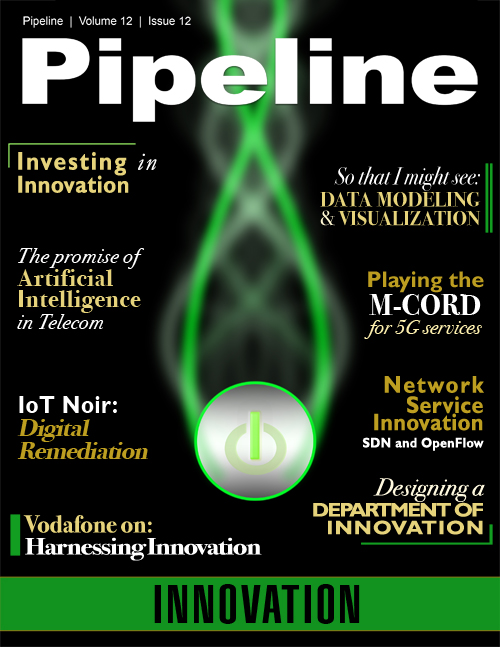Harnessing Innovation: How to Turn Ideas into Business Reality
Let’s take a look at some behind-the-scenes insights into the co-creation methodology I use to run innovation workshops. While each workshop is different, these tactical tips for joint innovation can help lead to success:
- Pick the Right Mix of People: While it seems obvious, it cannot be underscored enough. It is critical to the success of the workshop to have a mix of change agents, senior execs, and domain experts investing in the session. It’s not just about including decision makers; it's about engaging outside-of-the-box thinkers across all business units, including marketing, IT, sales, HR and strategy.
- Dinner = Trust: It may sound like a small component, but coming together for dinner the night before a workshop lays a foundation of trust among the participants. It helps develop relationships that foster openness and the ability to challenge and engage critical thinking the next day.
- Preparation Ensures Success: Setting expectations with all the attendees from the very beginning ensures the right level of commitment and participation. Each individual should also be asked to come ready to share the top three challenges and opportunities facing them in their lines of business.
- Output and measurement: Good ideas start with a conversation, but moving into execution requires discipline, measurement and accountability. Working with a graphic artist and photographer can help to create artifacts that capture the energy of the day, but also serve as a reminder of the ideas developed during the session. Each workshop should end with a well-crafted, agreed-upon list of tangible next steps, with dates and names of work-stream owners, and initial key milestones. Executive sponsorship is the key to success, but their busy schedules can slow down rapid innovation. One of the best tips we have learned is that a few weeks before our workshop, we schedule time for immediately after the workshop with the key internal stakeholders to debrief and gain sponsorship for the new projects.
For companies looking to pursue a co-creation workshop or strategy, these tips will help ensure they are ready to tackle a session’s challenge head on.
We Have an Idea: Now What?
By conducting innovation workshops regularly, participants can ensure that continuous innovation, collaboration and creative thinking will become trademarks of their organizations. It is a great way to generate a number of ideas that can potentially drive business transformation. Since mobility underpins so many aspects of business transformation, at Vodafone about 90 percent of the ideas generated during a workshop do not require additional investment, though they still are ways to help streamline operations and define new ways to achieve success. However, that remaining 10 percent of ideas is where we find the concepts that can drive disruptive innovation around an insight identified during the session. Once we’ve identified this concept, it’s important to start building the case to get the proper buy-in and investment from the organization right away. That’s where the scheduled time with the internal stakeholders mentioned before becomes critical.
Once the proper investment is secured, it’s critical to jump on developing a prototype immediately. In a continuous innovation model, we want to get the initial idea to a go/no-go status within a few months, rather than the typical months or years’ timeframe for traditional product development. By doing so, it will allow you to experiment and refine the solution as quickly and as cost-effectively as possible.
When all is said and done, innovation relies on the power of a good idea and an intrapreneurial culture that can execute. Organizations need to create environments that harness creative thinking and an entrepreneurial spirit among employees, while also looking for external partnerships to drive the development of good ideas. It’s no surprise that the business models that have remained the same for decades, or even a century, are increasingly being challenged. All businesses need to be able to rapidly respond to these changes with disruptive, innovative ideas. With a strategy for continuous innovation, you can ensure that your organization is in the position to tackle these changes head-on and harness innovative ideas.
[i] See Workplace Survey, University of Phoenix School of Business, August 2015


















